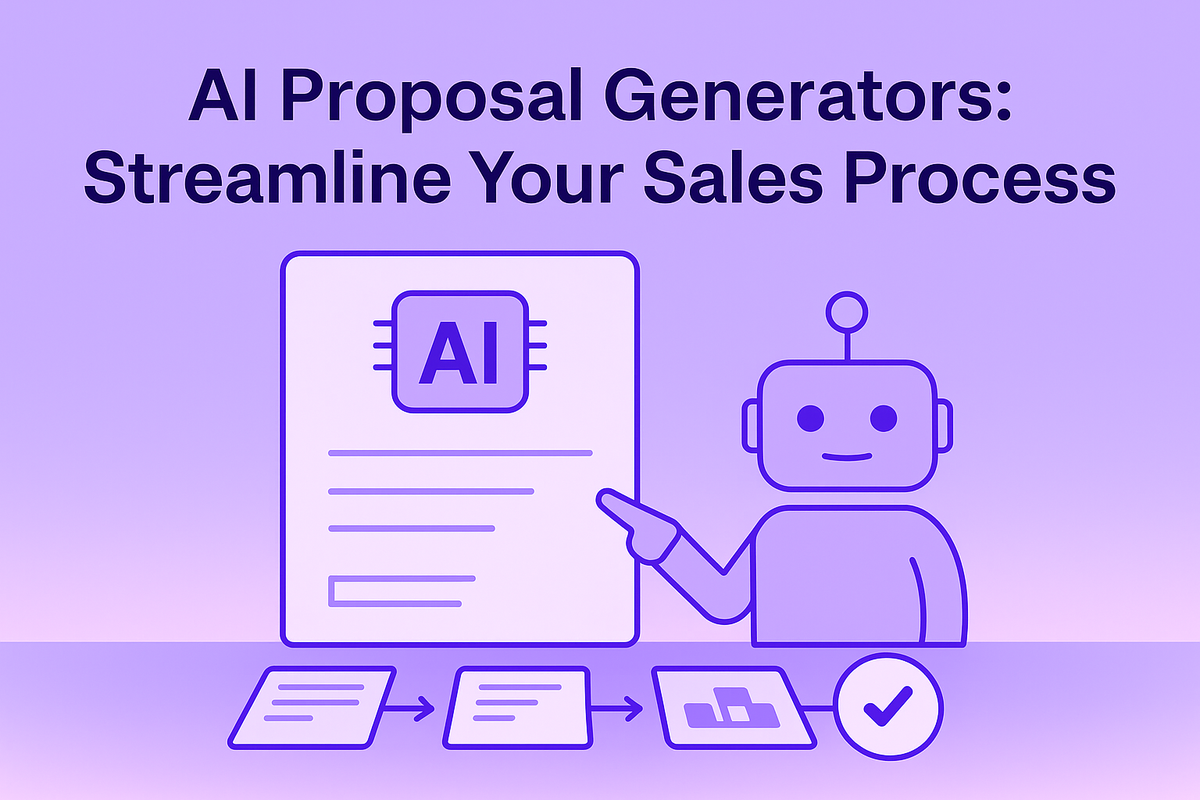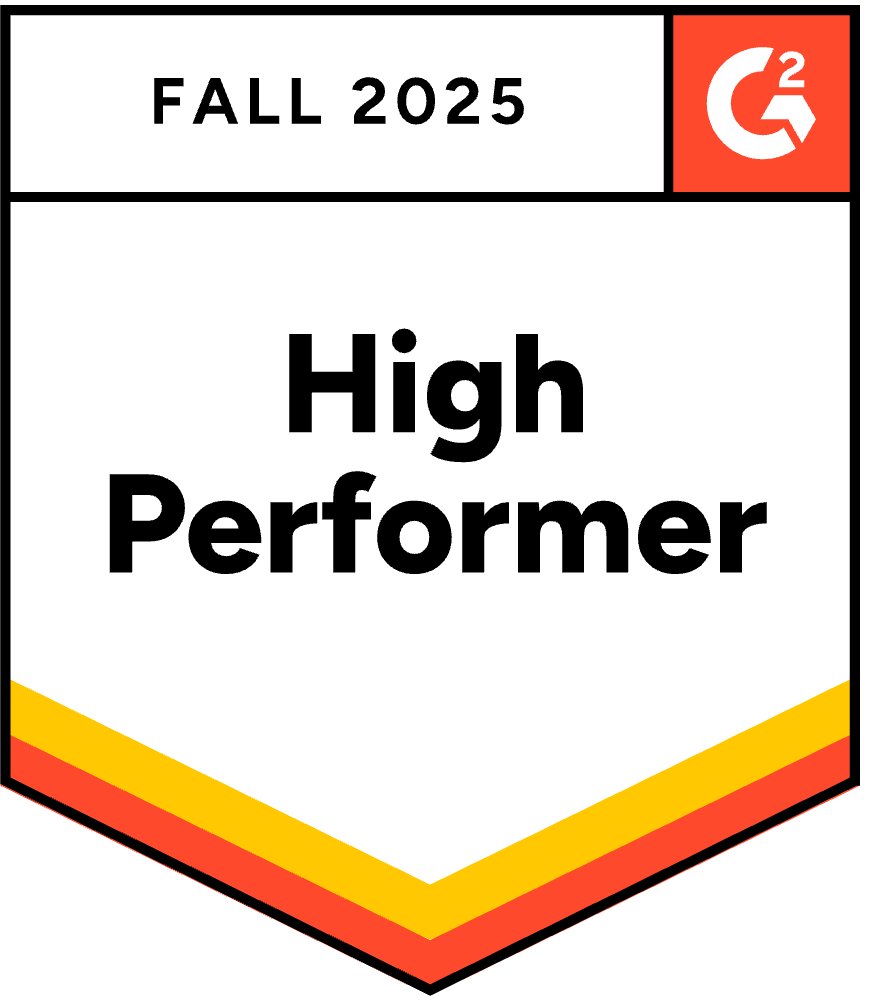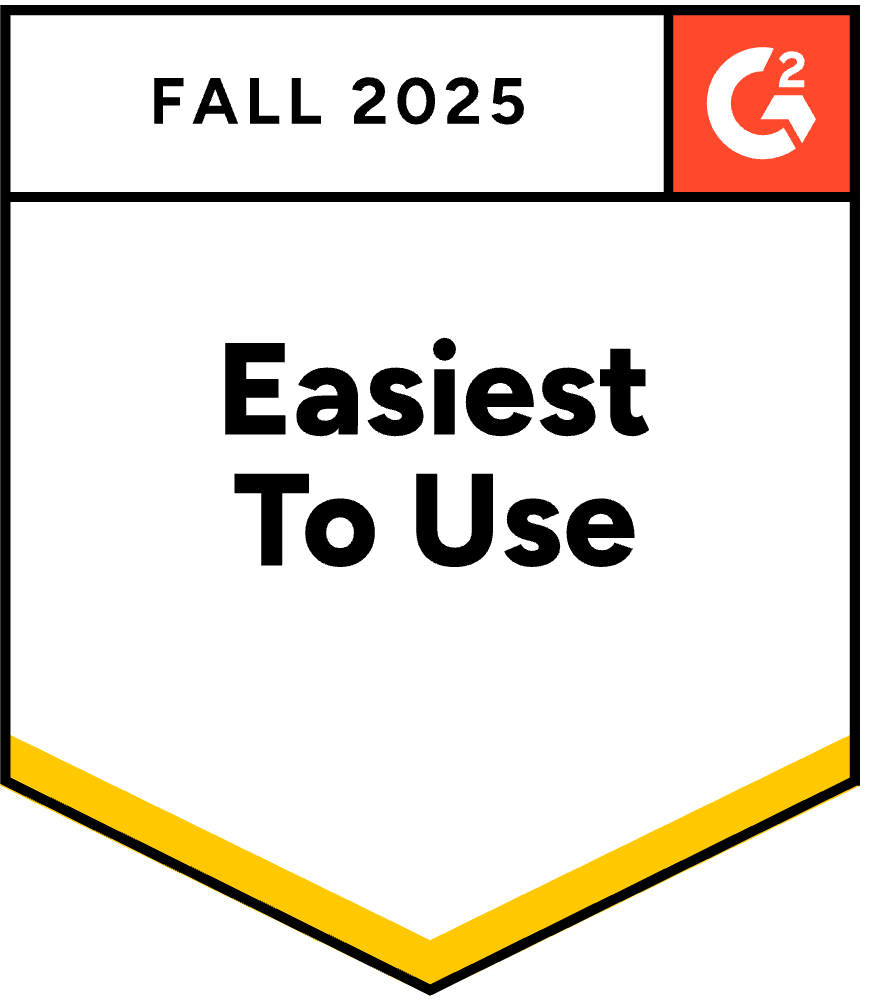What Is a Request for Proposal (RFP) Tool? (And Why Modern Teams Need One)
October 7, 2025
By
Evie Secilmis

Managing RFPs manually used to mean juggling Word docs, spreadsheets, and endless email threads — all while trying to meet tight deadlines and keep content consistent across every proposal.
Today, the best-performing organizations use RFP tools to turn that chaos into structure.
An RFP tool doesn’t just make responses faster — it makes them smarter, more accurate, and more collaborative.
What Is an RFP Tool?
An RFP tool (or RFP management software) is a digital platform that helps teams create, manage, and respond to Requests for Proposals in a single, centralized workspace.
It’s designed to replace the manual processes that slow down the proposal lifecycle — from tracking requirements to assigning tasks and generating final submissions.
RFP tools are especially useful for companies responding to multiple RFPs, RFQs, and security questionnaires simultaneously.
These platforms streamline every stage of the process by offering features like:
✅ Automated question parsing and response suggestions
✅ Centralized content libraries for approved answers
✅ Workflow management and version control
✅ Compliance tracking and team collaboration
✅ Reporting dashboards for performance metrics
When integrated with proposal automation and AI knowledge libraries, RFP tools become the engine behind faster, more consistent, and higher-quality responses.
How an RFP Tool Works
Here’s how a typical RFP workflow looks inside a modern tool like Iris:
- Import & Parse the RFP
Upload the document or link, and the platform automatically extracts questions, requirements, and submission criteria.
(For a deeper dive, see how we covered this in The RFP Challenge.) - Auto-Match Responses
Using AI, the tool matches each question to content stored in your internal library — such as company overviews, product specs, and compliance statements. - Collaborate in Real Time
Assign sections to SMEs, track revisions, and maintain consistency across contributors — all within one dashboard. - Review & Optimize
Built-in review workflows help ensure compliance, tone consistency, and formatting accuracy before submission. - Export & Submit
Finally, the platform compiles your entire response into the required format — ready to submit, track, and analyze.
Benefits of Using an RFP Tool
RFP tools eliminate much of the manual, repetitive work that often slows teams down. But the real value lies in what they enable:
- Speed and Efficiency – Auto-fill answers, reuse approved content, and shorten turnaround times by up to 70%.
- Accuracy and Compliance – Ensure every answer aligns with security, brand, and legal requirements.
- Visibility and Collaboration – Track ownership, deadlines, and progress across departments in real time.
- Data and Insights – Measure performance using metrics like response time, win rate, and content utilization — similar to what we explored in The Real Cost of Manual Proposal Work.
Why RFP Tools Matter More Than Ever
As organizations deal with more vendor evaluations, due diligence requests, and complex security requirements, the volume of RFPs keeps rising.
Without automation, teams risk burnout, missed deadlines, and inconsistent messaging.
That’s why RFP tools — often paired with proposal automation — are becoming essential infrastructure for modern sales and procurement teams.
They bring order to the chaos by giving you:
- One source of truth for all proposal content.
- Automated updates for compliance and certifications.
- Streamlined collaboration between PreSales, Legal, and Product.
RFP Tools and the Human Element
Like other forms of automation, RFP tools don’t replace the human side of selling — they make it more effective.
AI can generate a response, but it can’t understand a client’s unique pain point or tailor a narrative that wins their trust.
The best teams use automation to handle structure, not storytelling.
As we discussed in Proposal Automation, the magic happens when humans focus on why they’re the best fit, while AI takes care of how it’s delivered.
Choosing the Right RFP Tool
When evaluating RFP tools, look for features that enable flexibility and growth — not just automation.
Key capabilities to consider:
✅ AI-powered question and answer matching
✅ Centralized, searchable content libraries
✅ SOC 2–compliant data handling
✅ Collaboration across departments
✅ Integration with CRMs, document portals, and chat tools
✅ Analytics on efficiency and win rates
If your process still relies on manual tracking, checklists, and disjointed documents, an RFP tool like Iris can centralize everything — turning RFPs from a chore into a competitive advantage.
Final Thoughts
RFP tools have redefined how teams collaborate, respond, and win.
By combining automation with human insight, they empower organizations to scale their response processes without sacrificing quality.
In today’s world, the RFP isn’t just a procurement formality — it’s a reflection of how your company operates, communicates, and delivers.
And with the right tools in place, you can make every proposal faster, smarter, and more aligned with what your buyers actually value.
Related Articles
- The RFP Challenge
- Proposal Automation
- AI Knowledge Libraries
- Security Questionnaires
- The Cost of Manual Proposal Work
Share this post
Link copied!



















